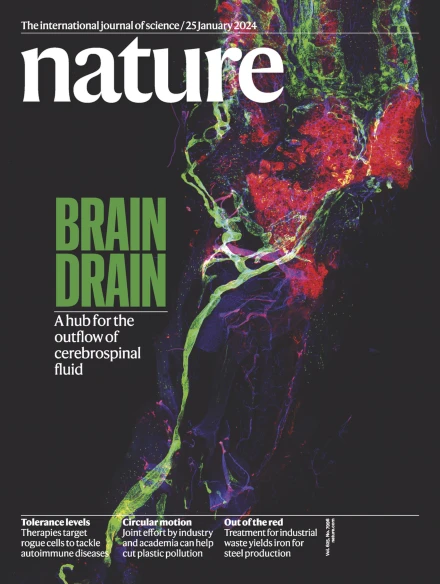Total synthesis of 25 picrotoxanes by virtual library selection
IF 50.5
1区 综合性期刊
Q1 MULTIDISCIPLINARY SCIENCES
引用次数: 0
Abstract
The synthesis of a complex molecule begins from an initial design stage1–4 in which possible routes are triaged by strategy and feasibility, on the basis of analogy to similar reactions2,3. However, as molecular complexity increases, predictability decreases5; inevitably, even experienced chemists resort to trial and error to identify viable intermediates en route to the target molecule. We encountered such a problem in the synthesis of picrotoxane sesquiterpenes in which pattern-recognition methods anticipated success, but small variations in structure led to failure. Here, to solve this problem but avoid tedious guess-and-check experimentation, we built a virtual library of elusive late-stage intermediate analogues that were triaged by reactivity and altered the synthesis pathway. The efficiency of this method led to concise routes to 25 naturally occurring picrotoxanes. Costly density-functional-theory transition-state calculations were replaced with faster reactant parameterizations to increase scalability and, in this case, inform the mechanism. This approach can serve as an add-on search to human or computer-assisted synthesis planning applicable to high-complexity targets and/or steps with little representation in the literature or reaction databases. Concise routes to 25 naturally occurring picrotoxanes were devised using a virtual library of intermediate analogues triaged by reactivity; this approach can overcome challenges in the use of computers for synthesis design.

用虚拟文库选择方法合成25种微原toxanes
复杂分子的合成从最初的设计阶段开始1,2,3,4,在此阶段,根据类似反应的相似性,根据策略和可行性对可能的路线进行分类。然而,随着分子复杂性的增加,可预见性降低;5不可避免地,即使是经验丰富的化学家也会在通往目标分子的途中通过试错来确定可行的中间体。我们在合成微烷倍半萜时遇到了这样的问题,模式识别方法预期会成功,但结构上的微小变化导致了失败。为了解决这个问题,同时避免繁琐的猜测和检查实验,我们建立了一个虚拟库,其中包含了难以捉摸的晚期中间类似物,这些类似物根据反应性进行分类,并改变了合成途径。这种方法的效率导致了25种自然产生的微原toxanes的简明路线。昂贵的DFT过渡状态计算被更快的反应物参数化取代,以提高可伸缩性,在这种情况下,通知机制。该方法作为人工或计算机辅助合成计划(CASP)的附加搜索,适用于文献或反应数据库中代表性较少的高复杂性目标和/或步骤。
本文章由计算机程序翻译,如有差异,请以英文原文为准。
求助全文
约1分钟内获得全文
求助全文
来源期刊

Nature
综合性期刊-综合性期刊
CiteScore
90.00
自引率
1.20%
发文量
3652
审稿时长
3 months
期刊介绍:
Nature is a prestigious international journal that publishes peer-reviewed research in various scientific and technological fields. The selection of articles is based on criteria such as originality, importance, interdisciplinary relevance, timeliness, accessibility, elegance, and surprising conclusions. In addition to showcasing significant scientific advances, Nature delivers rapid, authoritative, insightful news, and interpretation of current and upcoming trends impacting science, scientists, and the broader public. The journal serves a dual purpose: firstly, to promptly share noteworthy scientific advances and foster discussions among scientists, and secondly, to ensure the swift dissemination of scientific results globally, emphasizing their significance for knowledge, culture, and daily life.
 求助内容:
求助内容: 应助结果提醒方式:
应助结果提醒方式:


